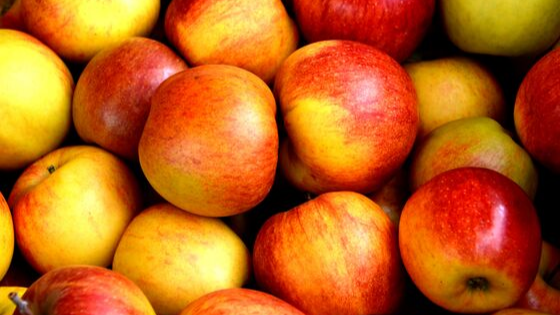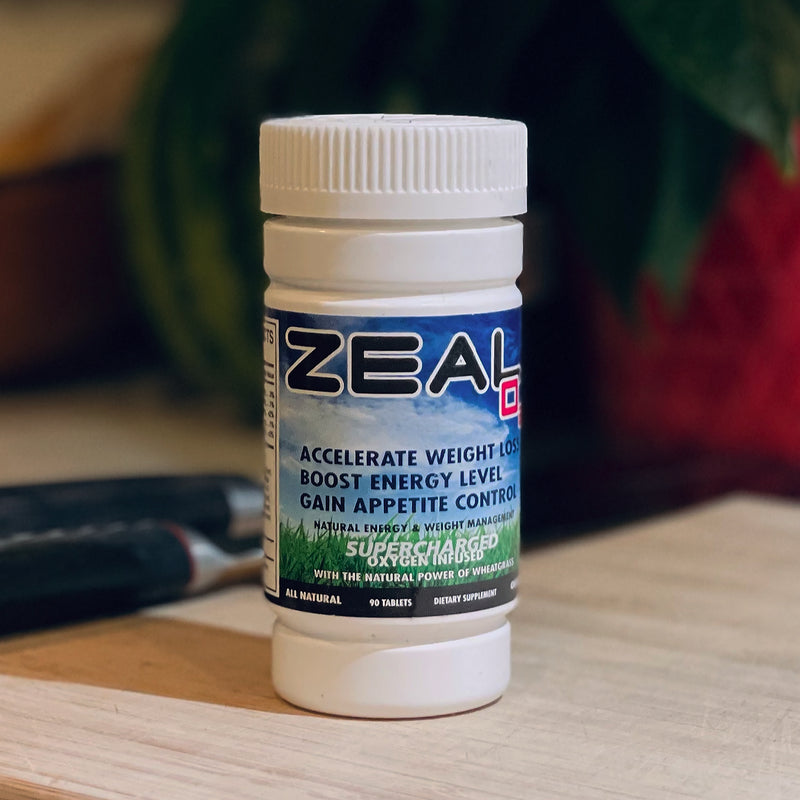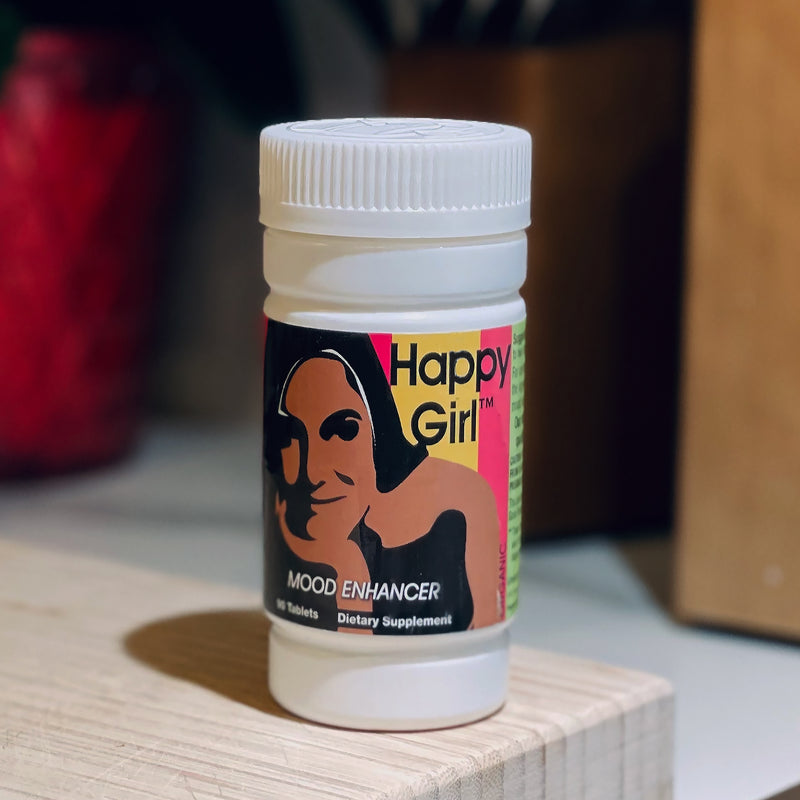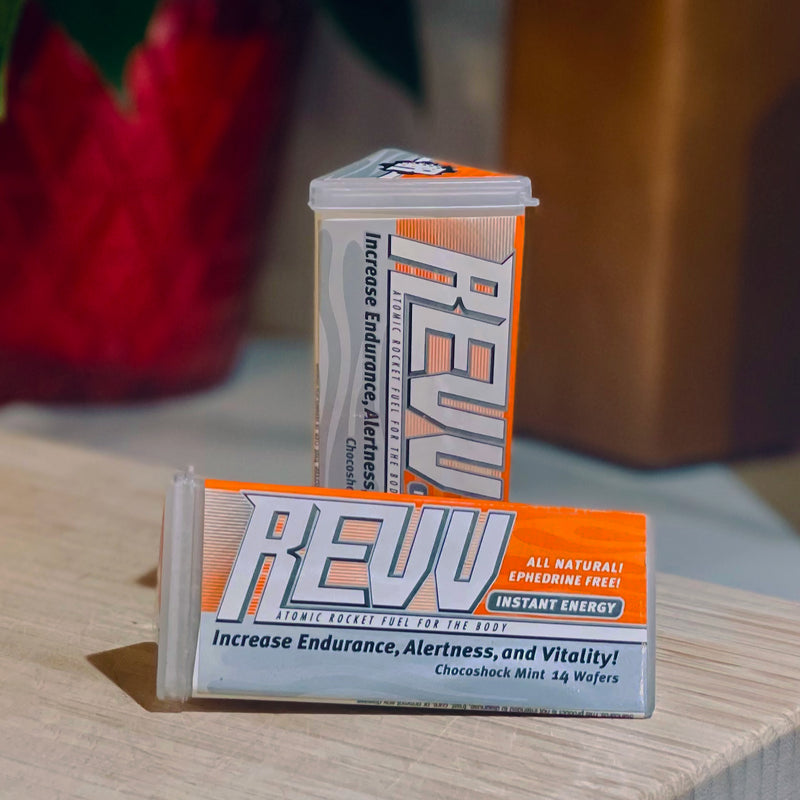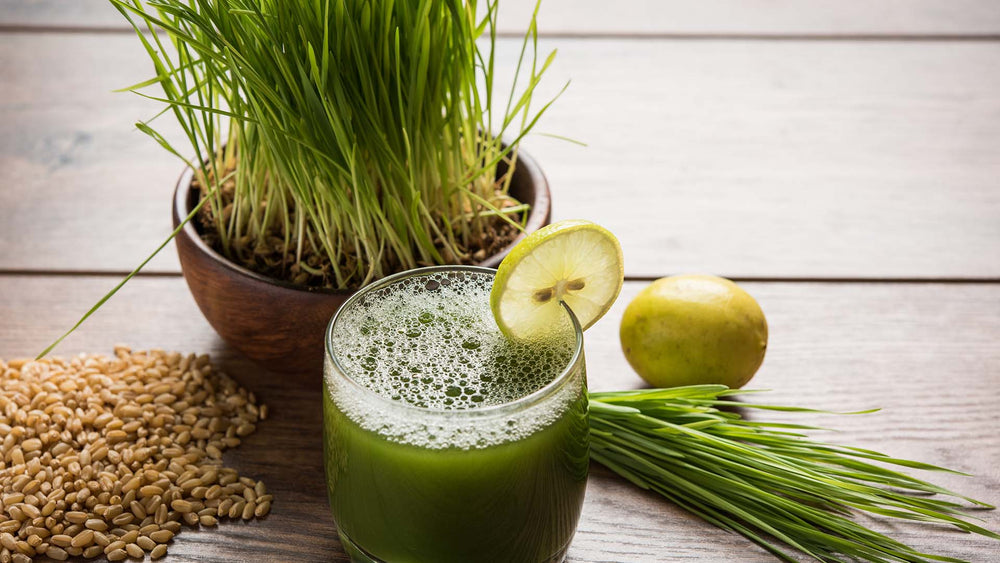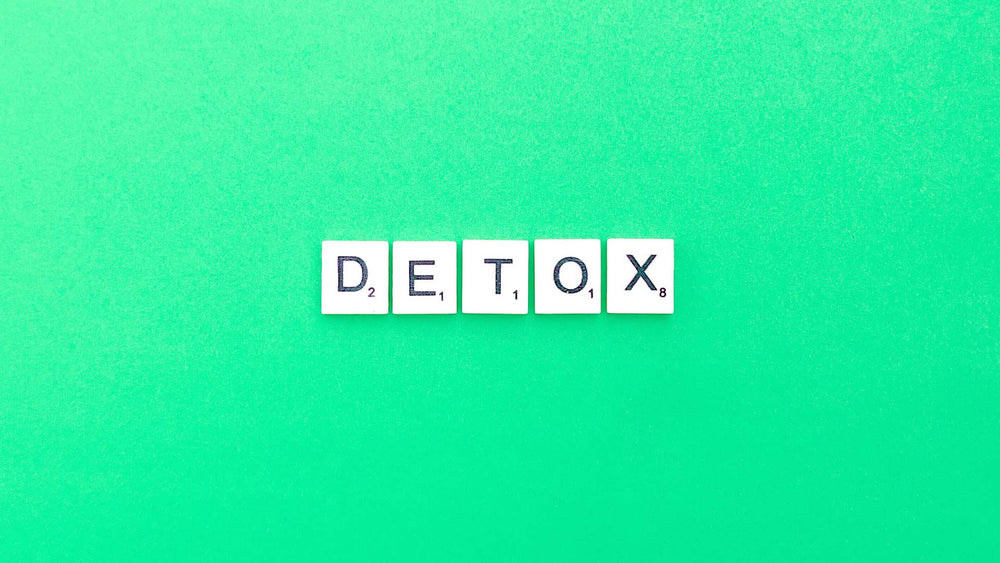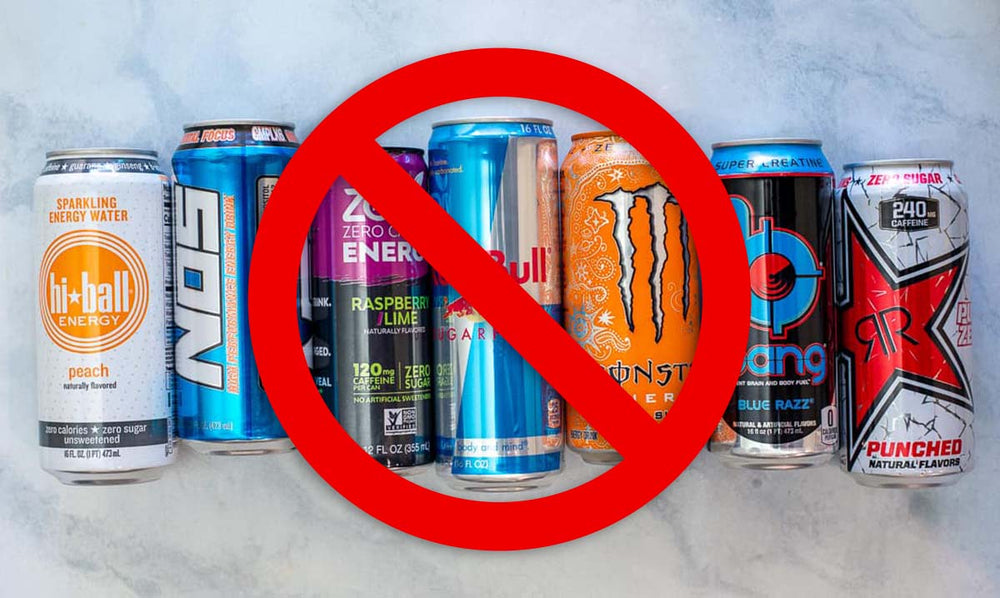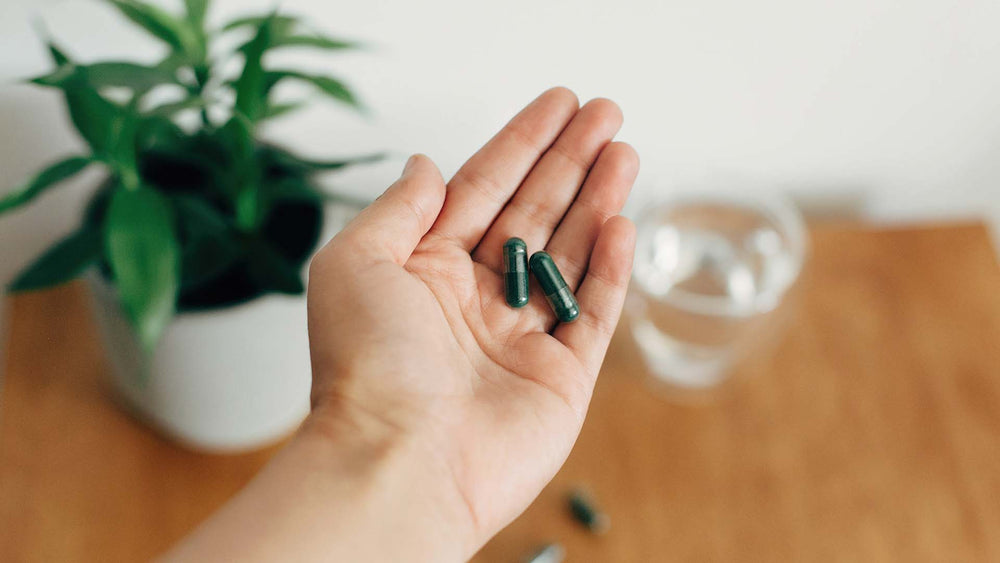You probably set a weekly budget for grocery shopping, but you should also learn how to buy the healthiest foods for your family.
Even if you have a strict grocery budget, you can still buy fresh fruits and vegetables and healthy foods by keeping track of sales, comparing prices, and checking out farmers’ markets in your area.
Here’s how to shop for nutritious, whole foods for your family and avoid the convenient but highly-processed foods that harm your health.

Get Your Vitamins from Fruits and Veggies
Take your time browsing the produce section. Check your master list and select the most appealing fruits and veggies. Available produce varies with the season and supplier. For the best selection, visit your local farmers’ market. A farmer’s market has fresh, organic produce from independent producers. These fruits and vegetables aren’t sprayed with pesticide or packaged like most supermarket produce.
Choose fruits and veggies of varying colors to provide your family with necessary vitamins, minerals and antioxidants.
A fruit or vegetable that’s orange or yellow contains alpha and beta-carotene. These nutrients benefit your eyesight and cognitive function. Lemons, oranges, carrots and sweet potatoes fight inflammation and improve lung function.
Kale, eggplant, and other veggies with purple or bluish hues provide Vitamin K, Vitamin C, potassium and calcium.
Green vegetables contain sulforaphane, indoles and other inflammation-fighting phytochemicals. The sulforaphane in broccoli fights inflammation and may reduce your cancer risk. Brussels sprouts, Swiss chard and cabbage are also high in this phytochemical.
Choose fresh fruits instead of sugary foods for dessert and snacks. Peaches, oranges, and apples provide natural sugar, Vitamin C and lots of antioxidant – and they won’t hurt your teeth.
Load Up on Healthy Refrigerated and Frozen Foods
You don’t need to skip the frozen food section. Frozen fruits and vegetables are economical and have little to no added ingredients. Many stores carry vegan, vegetarian and healthy frozen meals without chemical additives or preservatives.
Check out low-fat yogurt and low-fat milk, Greek yogurt, and organic eggs in the refrigerator section. When you buy cheese, be sure to avoid pre-sliced, individually wrapped cheese food or processed cheese in boxes or sprayable cheese spread.
Many stores sell fine cheese in or near the deli section of the market. Buy your cheeses as well as sandwich meats from the deli. It may be a little more expensive, but it will eliminate the extra calories, sodium, and preservatives of processed food.
Always read labels, and avoid any product with lots of long, chemical-sounding ingredients.
Choose Whole Grains Instead of Refined Flour
Buy whole grain or multigrain bread, pasta, and buns. Brown rice, steel-cut oats, grouts (available in health food stores and markets) offer fiber, B vitamins, magnesium and other essential nutrients. White bread may be less expensive, but it’s full of preservatives and empty calories.
Check labels on bread and opt for items with at least four grams of fiber in each serving. Like fruits and vegetables, whole-grains have antioxidants, and help reduce inflammation. Choose whole grain breads without much added sugar. (Four grams of sugar equals one teaspoon.) Granola bars and cereals may have lots of added sugar.
Plan Your Weekly Menus
Planning your meals in advance may seem like a hassle, but it’ll save you money and aggravation in the long run. Browse your favorite foodie blogs and bookmark recipes that sound interesting. Make a list of possible meals for the week and jot down the ingredients you’ll need.

Spice Up Your Meals
Spices and condiments do more than make your recipes taste better. They have health benefits, too. Cayenne pepper, cinnamon, and garlic help lower blood pressure. Turmeric prevents inflammation and may even guard against cancer. Ginger relieves nausea.
Write a Master Grocery List
You should write a shopping list every week based on your menu plan. Of course, some weeks you’ll be busier than others, and be tempted to write the list at the last minute. A master grocery list may be a few pages long, and contain all the meats, fruits, veggies, dairy products, condiments, breads and other items you buy regularly.
Take time to compile this list with input from family members. Print out a copy to bring with you to the store or keep the list stored on your phone. This way you’ll always have a list of healthy foods at our fingertips.
Refer to the list when planning your meals and grocery list for the week.
Stock Up on Canned and Dried Foods
Choose water-packed tuna, natural, low-sugar peanut butter, low-sodium soups, and canned fruits and vegetables with little to no salt or sugar.
Dried beans are an inexpensive way to get more fiber, B vitamins and potassium into your diet. Choose from nutrient-dense pinto beans, navy beans, Great Northern beans, and other dry beans. Canned beans often have added sodium and sauce, and may be high in calories.

Don’t Shop When You’re Hungry
Shops after you’ve eaten a meal. If you’re hungry, you’ll be more likely to grab salty or sugary snacks to munch on during the drive home. If you’re prone to impulse buying, like grabbing candy bars at check-out or a half-off birthday cake (even though no one you know has an upcoming birthday), you resist the urge on a full stomach.
Buy Meat Directly from the Butcher
Go over to the butcher’s counter and order your steak, ground beef, poultry or seafood in the exact amount you need. Packaged meats/seafood may be cheaper – and faster to pick up- but they won’t be as fresh. The butcher or other associate can make recommendations for you based on your menu, recipes, or dietary concerns.
Avoid Soda, Alcohol and Bottled Water
Soda and diet soda are bad for your health. Studies have shown that diet soda may cause heart disease or diabetes, and may not even help you lose weight. Sugary soda is even worse – it rots your teeth, causes weight gain, and leads to many diseases when you drink it regularly.
Buy juice, herbal tea, milk, kombucha, or kefir instead. Leave bottled water on the shelf, too. You’ll save money by drinking filtered tap water and storing it in a reusable bottle. Plastic bottles may have certain chemicals in them (even if they’re BPA-free) that can cause endocrine system problems. Learn how to make smoothies with skim milk, almond milk, coconut milk, or yogurt and your favorite fruit.
Avoid temptation in the liquor aisle, too. Buy a bottle of wine to go with your dinner, or some craft beer to drink watching your favorite team play football, but save room in your cart for extra food purchases.
Add Wheatgrass to Your Healthy Foods List
A daily wheatgrass supplement has hundreds of vitamins, minerals, amino acids, and enzymes to complement your healthy groceries. Wheatgrass supplements from Wheatgrass Love – REVV Natural Energy Supplement, Zeal Weight Loss Supplement, and Happy Girl Natural Mood Enhancing Supplement – can be taken like a vitamin pill or added to your morning smoothie.
Add a Zeal 02 Weight Loss Supplement pill to the blender when making a shake or smoothie to add dozens of vitamins and minerals to an already healthy drink. The New You shake is made with non-fat Greek yogurt, apple cider vinegar, pineapple, hemp oil, and mango. It’s a great way to curb your appetite and rid your body of toxins. The chlorophyll in wheatgrass adds hundreds of nutrients to the fresh-tasting shake.
Veggie lovers can prepare a Green Machine smoothie with parsley, celery, cucumber, kale, spinach, apple, lemon, and collard greens. A Zeal 02 wheatgrass pill adds extra magnesium, potassium and vitamins. Check out smoothie recipes you can use year-round at this link.

